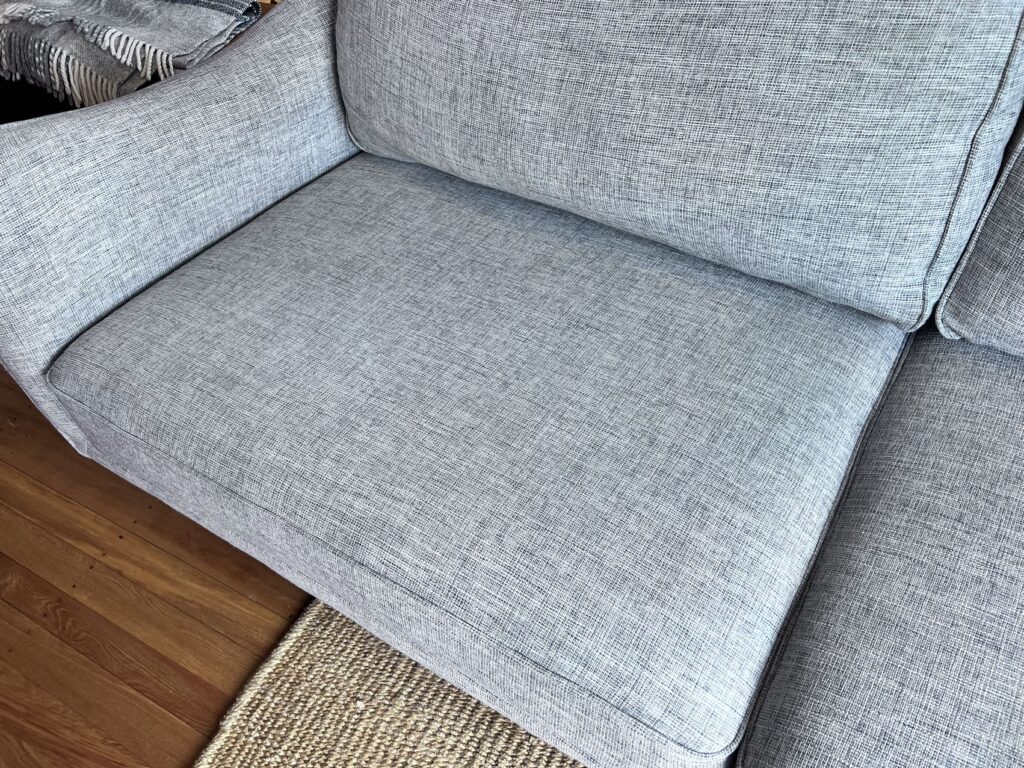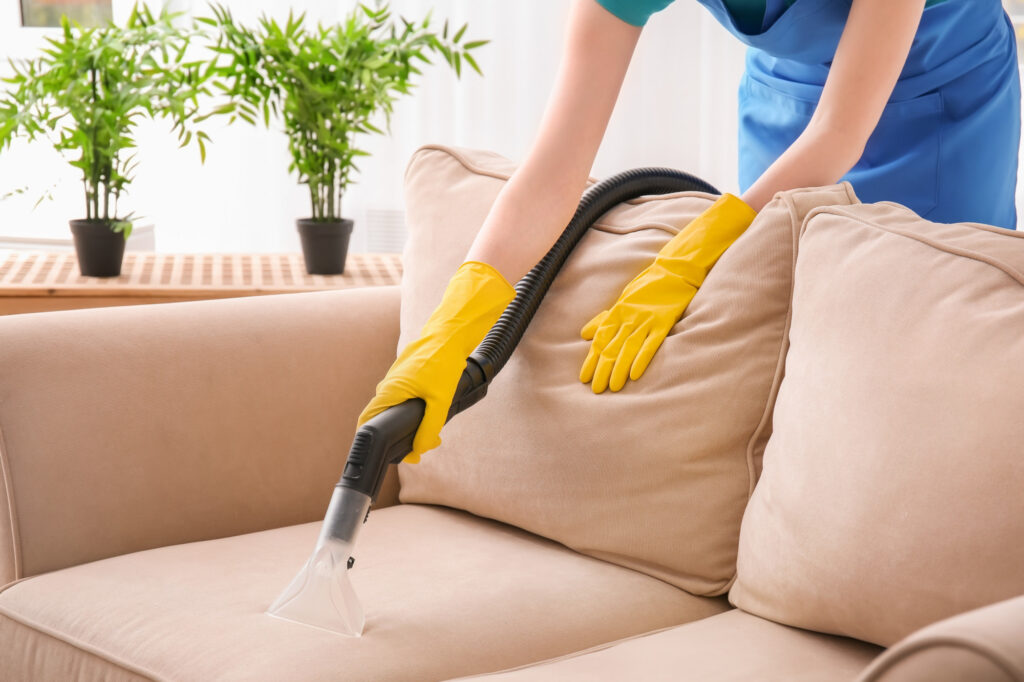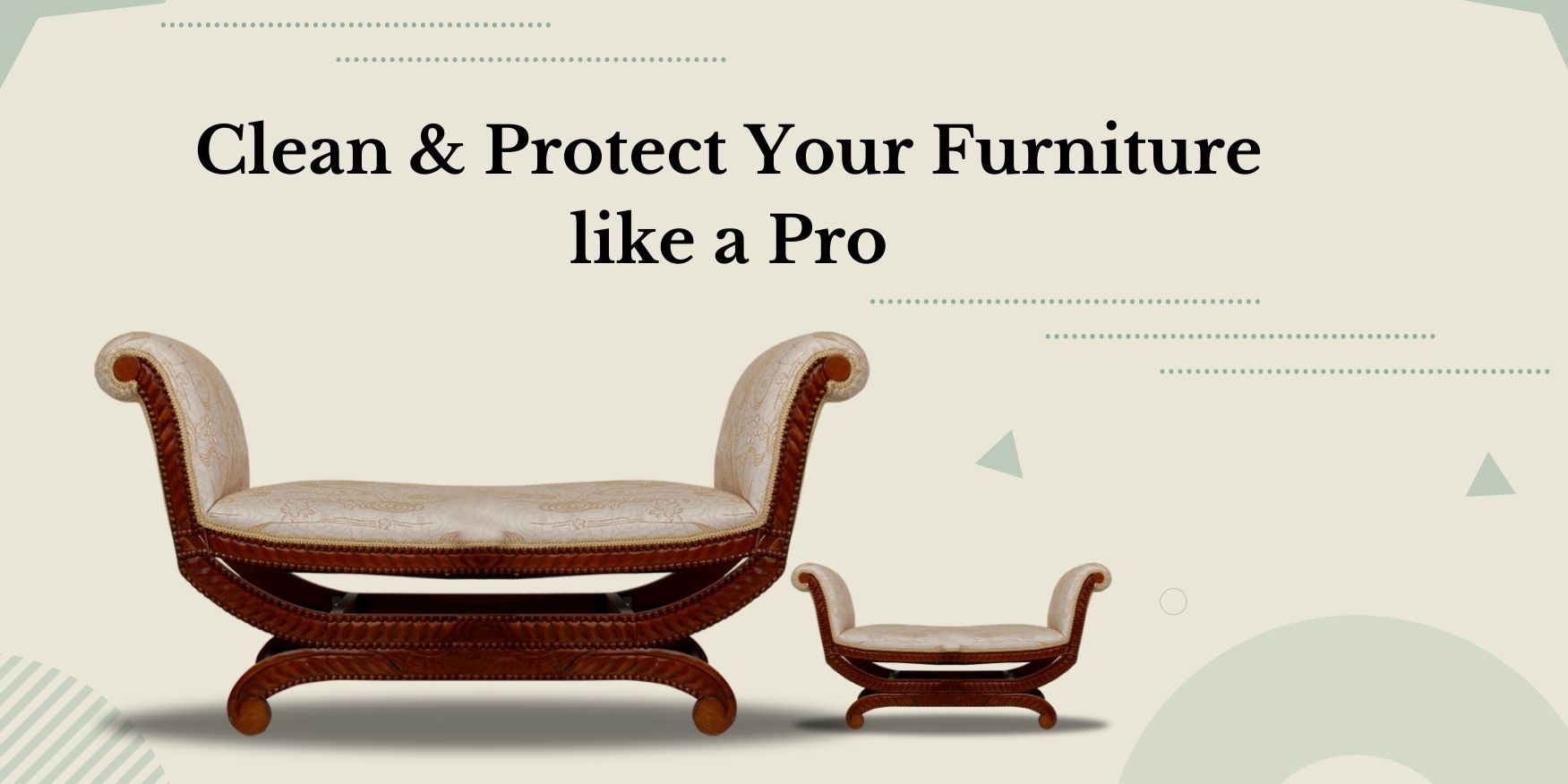How To keep upholstery clean, vacuum regularly, and address spills immediately with appropriate cleaners. Use protective covers and avoid direct sunlight to prevent fading.
Keeping upholstery pristine can be a challenge, yet it’s essential for maintaining a clean and inviting home environment. Regular vacuuming is the key to eliminating dust, allergens, and crumbs that accumulate over time. When spills occur, it’s crucial to act swiftly, using a cleaner suitable for the specific upholstery fabric.
Armchairs, sofas, and other furniture benefit from protective covers, especially in homes with kids and pets, as they guard against stains and wear. Additionally, positioning furniture away from windows helps in minimizing sun damage and fabric discoloration. Upholstery maintenance is not only about cleanliness but also about preserving the integrity and appearance of your furniture for years to come. By following these simple, proactive strategies, your living space will remain both comfortable and appealing.
The Significance Of Clean Upholstery
Impact On Home Aesthetics
A beautiful home starts with clean furniture. Dirty or stained upholstery can tarnish the look of your space.- Bright colors and fresh fabric lift the mood.
- Maintained upholstery makes rooms look well cared for.
- Clean lines and patterns on furniture enhance room design.
Health Benefits Of Maintaining Clean Furniture
| Benefit | Description |
|---|---|
| Allergy Reduction | Less dust and pet dander for cleaner air. |
| Improved Air Quality | No trapped odors, leading to a fresher home. |
| Hygienic Environment | Reduced germs and bacteria for a safer space. |

Identifying Your Upholstery Type
Labels And What They Mean
Your furniture comes with labels that guide you. Check these labels before cleaning. These tell you what cleaners are safe to use.| Label Code | Meaning |
|---|---|
| W | Use water-based cleaners |
| S | Use solvent-based cleaners |
| WS | You can use water or solvent cleaners |
| X | Do not use liquid cleaners; vacuum only |
Different Fabric, Different Approach
Each fabric type demands its own cleaning method. For example, velvet requires gentle handling. Leather needs a specific conditioner to stay soft.- Test any cleaner on a small area first.
- Use a soft brush for fabrics like microfiber.
- Protect delicate fabrics by avoiding harsh brushes.
Routine Maintenance For Longevity
Regular Vacuuming Schedule
Upholstery collects dust, pet hair, and crumbs daily. These particles can grind into the fibers, causing wear and dullness. To prevent this:- Establish a regular vacuuming routine.
- Use an upholstery attachment to reach into crevices.
- Vacuum at least once a week for optimal results.
Immediate Attention To Spills
Accidents happen, but the key is to address spills promptly. Quick response prevents stains from setting in. Follow these steps:- Blot, don’t rub, to absorb as much liquid as possible.
- Apply a cleaning solution suitable for the fabric type.
- Rinse with water and blot dry to remove residue.

Deep Cleaning Essentials
Selecting The Right Cleaning Agents
Choosing effective and safe cleaning agents is crucial. Consider fabric type, colorfastness, and manufacturer recommendations.- Mild detergent: Ideal for most fabrics.
- Enzymatic cleaners: Best for organic stains.
- Upholstery shampoo: Suitable for thorough jobs.
- Vinegar solution: Good for odor removal.
Step-by-step Process For A Thorough Clean
- Vacuum the upholstery with an attachment to remove loose particles.
- Apply the chosen cleaner to a hidden area to test.
- Spot treat any visible stains using appropriate solutions.
- Gently agitate with a soft brush if necessary.
- Wipe down with a microfiber cloth to remove the cleaner.
- Rinse if required, using minimal water to avoid soaking.
- Pat dry with a towel and let air dry completely.
Professional Upholstery Cleaning
When To Call The Experts
If you notice stubborn stains or if the fabric looks dull, it’s time to call the pros. Experts handle tough jobs with care and precision.- After a spill or accident that cannot be cleaned by household products.
- When the upholstery has not been cleaned for a long time and has built up dirt.
- If there is a persistent odor that home cleaning cannot remove.
- Before a special event when you want your furniture to look its best.
Benefits Of Professional Services
Choosing a professional service means more than just cleaning furniture. They offer multiple advantages for homeowners:| Benefit | Description |
|---|---|
| Deep Clean | Professionals use powerful machines and methods to remove deep-seated dirt. |
| Longevity | Careful cleaning techniques extend the life of your upholstery. |
| Healthier Environment | They eliminate allergens and bacteria, improving indoor air quality. |
| Save Time | Experts get the job done quickly, freeing up your schedule. |

Preventive Measures And Protective Practices
Strategies To Avoid Stains And Damage
- Act quickly on spills to prevent stains.
- Keep food and beverages away from upholstery.
- Use stain repellents for an extra layer of protection.
- Limit direct sun exposure to avoid fabric fading.
- Regular vacuuming keeps dust and dirt at bay.
- Pets should have their own comfortable space to lounge.
Using Covers And Protectors
- Invest in high-quality slipcovers, which are easy to wash.
- Decorative throws can add style while protecting seating areas.
- Arm caps and headrests guard against natural oils and hair products.
- For leather, use specific protectors that nourish and defend.
Troubleshooting Common Upholstery Problems
Tackling Stubborn Stains
| Type of Stain | Cleaning Solution | Application Method |
|---|---|---|
| Coffee | Equal parts water and vinegar | Blot gently, then rinse with water |
| Red Wine | Salt and club soda | Apply salt, add soda, and blot after a few minutes |
| Ink | Alcohol-based solution | Dab with a cotton ball |
Dealing With Odor And Pet Hair
- Weekly vacuuming
- Lint rollers for quick hair removal
- Upholstery brush attachments
Sustainable Upholstery Care Techniques
Eco-friendly Cleaning Solutions
Simple ingredients from the pantry can keep upholstery spotless. White vinegar, baking soda, and lemon are nature’s cleaners. These ingredients are safe for most fabrics. Always test on a small area first. Here are some DIY mixtures:- Vinegar and Water: Mix equal parts for a gentle cleanser.
- Baking Soda: Sprinkle, let sit, then vacuum for freshness.
- Lemon Juice: Combines with sunlight to fade stains naturally.
Reducing Environmental Impact While Cleaning
Choosing sustainable practices reduces waste and pollution.| Cleaning Practice | Benefit |
|---|---|
| Use Microfiber Cloths | Less waste than paper towels |
| Biodegradable Soap | Keeps water clean |
| Less Water | Conserves resources |
Frequently Asked Questions On How To Keep Upholstery Clean
What Is The Best Method To Clean Upholstery?
Regular vacuuming with upholstery attachments is effective for removing surface dust and dirt. Spot cleaning with appropriate cleaners for the specific fabric type is best for stains.
Can Diy Solutions Be Used For Upholstery Cleaning?
Yes, DIY solutions like a mix of vinegar, dish soap, and water can be effective for cleaning upholstery but always test on a small, inconspicuous area first.
How Often Should Upholstery Be Professionally Cleaned?
Upholstery should typically be professionally cleaned every 12 to 24 months, depending on usage and the presence of children or pets.
Are Steam Cleaners Safe For All Upholstery Fabrics?
Steam cleaners are not safe for all fabrics; always check the manufacturer’s instructions. Delicate materials like silk or velour may be damaged by steam.
What Can Protect Upholstery From Stains And Spills?
Applying a fabric protector can provide a barrier against stains and spills, extending the life of your upholstery. Reapply according to product instructions or after cleaning.
How Can Pet Hair Be Removed From Upholstery Effectively?
Pet hair can be removed from upholstery using a vacuum with a brush attachment, a lint roller, or a dampened rubber glove used to gather the hair.
Conclusion
Keeping your upholstery pristine doesn’t have to be a chore. With regular maintenance and prompt attention to spills, longevity is within reach. Remember, gentle cleaning agents and consistency are key. Embrace these simple strategies, and enjoy spotless furnishings that welcome you and your guests year-round.
Your furniture’s enduring beauty will thank you.
